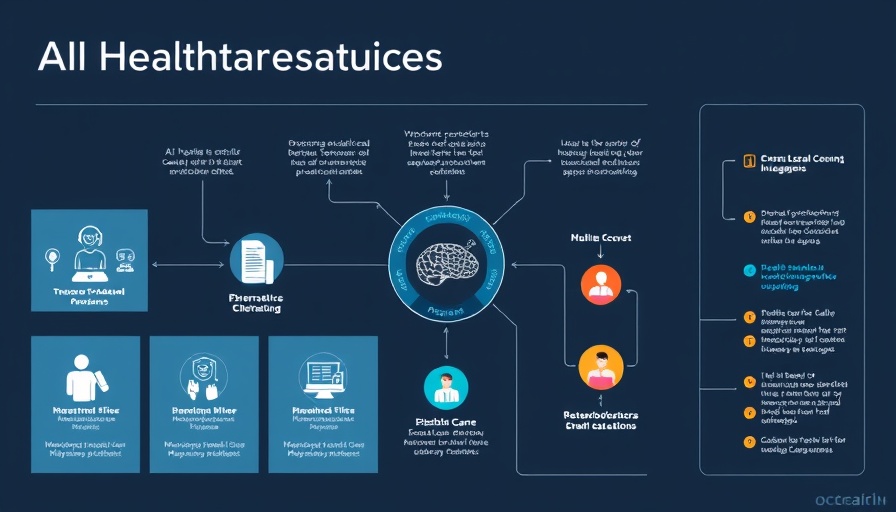
The Critical Role of Observability in Healthcare
In today's fast-paced healthcare environment, organizations are grappling with IT staffing shortages and the increasing complexity of IT workflows. Security and performance are paramount, as even minor outages can have life-altering consequences for patients. As Bill Lobig, vice president of automation product management at IBM, articulates, "Having a system offline could mean the difference between life and death." This stress highlights the urgent need for observability tools that grant healthcare professionals a clearer view into their operations.
How Observability Tools Streamline IT and Security Workflows
Observability tools provide healthcare organizations with full visibility into their applications and network performance. Rather than waiting for users to report outages, these tools proactively monitor every transaction, API call, and data trace. With over half of organizations acknowledging the benefits of observability, it's alarming that only 23% have fully integrated these systems into their operations, according to "The State of Observability 2024" report by OpsRamp.
Tom Andriola, chief AI officer for public sector at Dynatrace, emphasizes how unified observability pipelines consolidate data into a single stream, fostering collaboration between IT, security, and business operations. This integration enables real-time dashboarding, powered by AI insights, that allows for quick tracking of KPIs and more informed decision-making.
Tackling Burnout Through Unified Insights
With healthcare organizations facing overwhelming alert fatigue, observability tools can play a vital role in alleviating stress among IT staff. These cutting-edge solutions tackle the issue of fragmented data and siloed operations that contribute to employee burnout. Andriola notes, "Clinicians and patients depend on reliable, secure digital services, yet IT teams are often stretched thin," making the case for improved investment in digital health tools more urgent than ever.
The Future is Bright: Health Tech Innovations Await
As AI continues to revolutionize the sector, healthcare professionals can look forward to advancements that enhance patient care. By employing AI-powered medical solutions, healthcare organizations can leverage data in more effective ways, paving the path toward achieving improved health outcomes. Digital health tools, telemedicine AI, and personalized medicine are just the tip of the iceberg in an industry that aims to prioritize patient well-being through innovative technology.
Overall, the integration of observability tools in healthcare isn't simply an operational enhancement; it represents a shift toward a more secure, efficient, and patient-centered approach. Healthcare leaders must prioritize this investment to foster a more responsive and effective system capable of adapting in real time.
 Add Row
Add Row  Add
Add 




Write A Comment